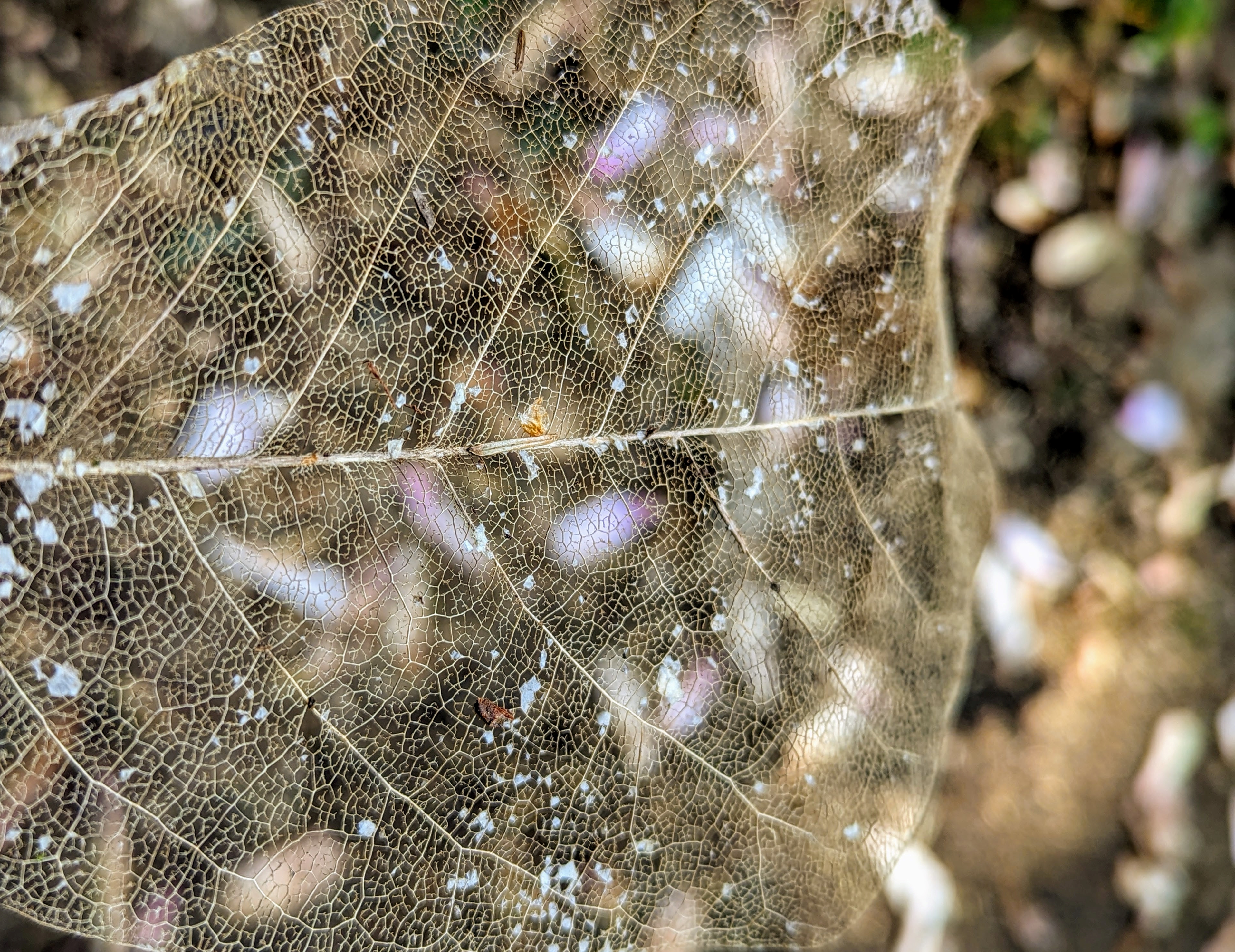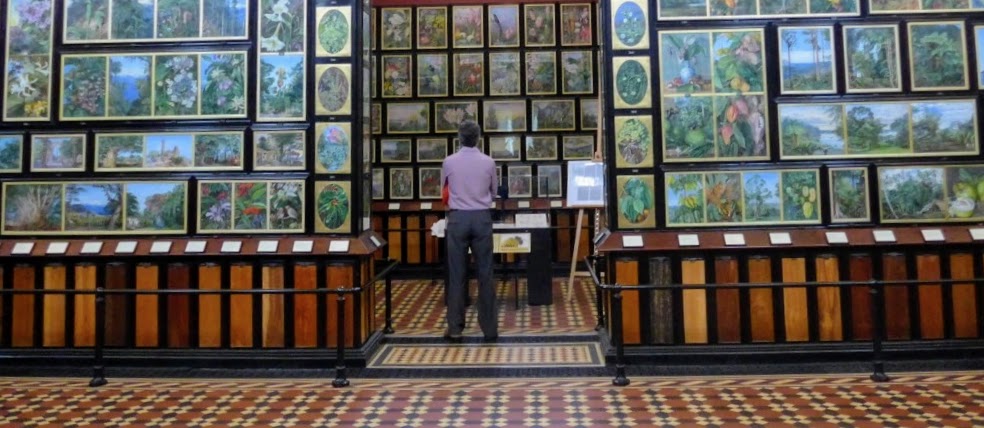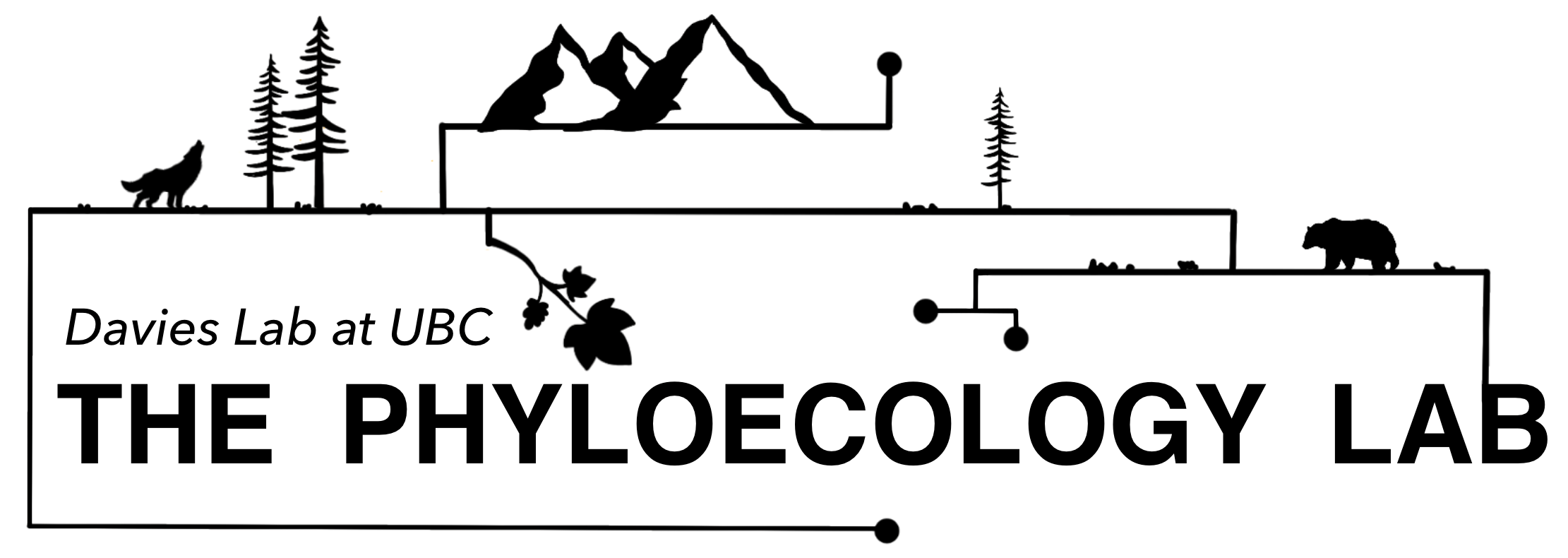
Finding patterns through Phylogenetic Ecology
Phylogenetic Ecology — PhyloEcology — represents the interface between ecology and evolutionary biology, making use of the information contained within phylogenetic trees to provide a bridge between them.
Welcome to the Davies Lab!
Located in the Biodiversity Research Center, at the University of British Columbia, Canada, the PhyloEcology Lab is within the departments of Botany, and Forest & Conservation Sciences.
Our Lab explores the integration of phylogenetic approaches in ecology, with a focus on sub-disciplines in conservation, biodiversity science, invasion biology, climate change biology, emerging infectious disease research and community ecology.
The PhyloEcology Lab unites people with different backgrounds, knowledge and skills. From microbiology and ecology to mathematics, biogeography, and bioinformatics.

New paper on the interconnecting pressures of rising global temperatures, rates and incidence of species decline, and emergence of infectious diseases
Pfenning-Butterworth, A., Buckley, L.B., Drake, J.M., Farner, J.E., Farrell, M.J., Gehman, A.-L.M., Mordecai, E.A., Stephens, P.R., Gittleman, J.L., and Davies, T.J. [2024]. Interconnecting global threats: climate change, biodiversity loss, and infectious diseases. Lancet Planetary Health 8: e270-e283.
Intergovernmental reports have drawn focus to the escalating climate and biodiversity crises and the connections between them, but interactions among all three pressures have been largely overlooked. We show how considering the full suite of connections would be transformative for planetary health by identifying potential for co-benefits and mutually beneficial scenarios, and highlighting where a narrow focus on solutions to one pressure might aggravate another.
New paper on the dilution effect of forest biodiversity
Gougherty, A.V. and Davies T.J. [2024] Evolutionary history of host trees amplifies the dilution effect of biodiversity on forest pests. PLOS Biology, 22: e3002473.
Our analyses indicate that host evolutionary history and forest composition are key to understanding how species diversity may dilute the impacts of tree pests, with important implications for predicting how future biodiversity change may affect the spread and distribution of pests and pathogens.
Different perspectives, different models.
Finding the connections.
Diseases
Understanding the phylogenetic patterns behind disease transmission and emergence, from bovine tuberculosis to grapevine trunk diseases.
Networks
Studying how phylogeny influences patterns of species interactions, inferring ecological and evolutionary parameters from phylogeny.
Fungi
Using massive data to find fungi, predicting associations between microorganisms and hosts.


Meet the People in our Lab
We are a team of scientists with a wide range of skills and experience: from evolution and ecology to microbiology, biochemistry, and mathematics. We love what we do, and we do it with passion.
